Analysis: As indirect nuclear talks resume in Rome, why is Iran distrustful of US
By Mohammad Homaeefar
As Tehran and Washington head into a second round of indirect talks on Iran’s civilian nuclear program, a review of their past diplomatic engagements over the issue offers a sobering reminder of why Iranian officials remain skeptical of American intentions.
Over the past several years, successive US administrations have demonstrated a consistent pattern of pressure, delay, and withdrawal, undermining every serious attempt at diplomacy and eroding the minimal trust that once existed.
This distrust is not rooted in ideology or emotion, but in experience. As Leader of the Islamic Revolution Ayatollah Seyyed Ali Khamenei recently stated Iran’s refusal to engage in direct talks with the United States stems from hard-earned lessons.
“We distrust the other side very much,” the Leader told officials on Tuesday, citing years of broken promises and bad faith by the Americans. He also said, back in early February, that negotiations with the US won’t solve any problems.
“The reason? Experience!”
The peak of that “experience” is Washington’s unilateral withdrawal from the Joint Comprehensive Plan of Action (JCPOA), commonly known as the Iran nuclear deal, and its imposition of the draconian and harshest sanctions in history, despite Iran’s full compliance.
As both sides prepare for the second round of talks – indirectly once again – on April 19 in Rome, the question is not why Iran avoids direct negotiations with the United States, but whether the US, after years of failed pressure campaigns and broken commitments, is even capable of serious diplomacy.
“Talks should only focus on nuclear issues.”
— Press TV 🔻 (@PressTV) April 18, 2025
Iran’s foreign minister says an agreement with the US is possible if Washington doesn’t have unreasonable, unrealistic demands. pic.twitter.com/QgIgOlMDDv
Trump’s ‘maximum pressure’ campaign
On May 8, 2018, US President Donald Trump unilaterally withdrew the United States from the JCPOA, a multilateral accord under which Iran had accepted, in good faith, certain limitations on its nuclear program in exchange for sanctions relief.
Trump famously referred to the 2015 nuclear agreement as “the worst deal in history” and promised to strike a “better deal” that would also address other issues such as the Islamic Republic’s ballistic missile program and regional activities, issues that Iran had called its redlines.
In pulling out of the deal, the US president initiated what he called a “maximum pressure” campaign aimed at compelling Iran to renegotiate a new deal. All the other parties to the deal – Russia, China, Britain, France, and Germany – expressed regret over the US decision and pledged to uphold the agreement.
At the time, Trump’s decision was widely seen as driven by his contempt for his Democratic predecessor, Barack Obama, under whose administration the JCPOA was signed, and by pressure from Israeli Prime Minister Benjamin Netanyahu.
Whatever the true motives – whether personal, political, or rooted in broader foreign policy goals – one fact remains indisputable: the US abandoned the JCPOA despite the International Atomic Energy Agency (IAEA) repeatedly confirming Iran’s full compliance with its nuclear obligations.
The UN nuclear agency, responsible for monitoring nuclear programs, had issued 15 reports verifying that Iran was adhering to the terms of the agreement, including limitations on uranium enrichment and reductions in its nuclear stockpile.
It had confirmed that Iran’s enriched uranium stockpile and heavy water reserves remained within the specified limits, noting that Iran had not exceeded the agreed-upon limits on key nuclear activities and had provided inspectors with access to all necessary sites.
However, the situation began to shift on the first anniversary of the US withdrawal, when Iran initiated “remedial measures” permitted under the nuclear deal in response to repetitive violations by other parties.
Following the US exit, Iran had made clear it was giving diplomacy a chance, showing strategic patience to see whether the remaining signatories could safeguard its economic interests. The country consistently voiced its willingness to remain in the JCPOA if the other parties compensated for the US pullout.
“If the JCPOA is to survive, the remaining JCPOA participants and other economic partners need to ensure that Iran is compensated unconditionally through appropriate national, regional and global measures,” then-Foreign Minister Mohammad Javad Zarif wrote in a June 2018 letter to his counterparts.
Iran generously granted the other parties a full year, but as their efforts faltered and their promises remained unfulfilled, and Washington escalated economic pressure on the Iranian people without achieving its declared aims, the Islamic Republic began gradually reducing its nuclear commitments in a calibrated response.
The Iranian foreign minister says enrichment of uranium as part of the country’s peaceful nuclear program is "non-negotiable," and that Tehran-Washington talks would yield no results if held under pressure and a lack of mutual respect.https://t.co/lcCADxjyvG pic.twitter.com/AXyf8OJ4et
— Press TV 🔻 (@PressTV) April 16, 2025
Biden’s ‘revival’ efforts
Upon taking office in January 2021, President Joe Biden pledged to restore the JCPOA, signaling a departure from the Trump administration’s “maximum pressure” approach. His administration called for negotiations with Iran to resurrect the agreement.
Iran initially refrained from entering new talks, asserting that its remedial measures were lawful responses to the US withdrawal and that it would halt those measures immediately after a US return to the deal.
Iranian officials maintained that reviving the agreement required no fresh talks; instead, they emphasized that the onus was on Washington to rectify its actions by rejoining the agreement without preconditions.
Nevertheless, Iran once again gave diplomacy a chance and entered indirect talks with the US in Vienna in April 2021 to negotiate a US return to compliance with the nuclear pact.
During the talks, however, the Biden team repeated Trump’s demands, saying it wanted to “lengthen and strengthen” the nuclear deal and build on it with follow-on arrangements to include other issues such as Iran’s ballistic missile program.
After multiple rounds of negotiations for over a year, progress became impossible as the Biden team dragged the talks, demanded more from Iran, and kept Trump’s maximum pressure campaign in place.
A significant hurdle was the US' reluctance to provide guarantees against future withdrawals from the deal, a concern for Iran given the 2018 US exit.
Additionally, the US maintained sanctions beyond those lifted under the original JCPOA, citing issues like Iran’s ballistic missile program and regional activities.
In August 2022, the European Union proposed a “final text” to revive the deal, which Iran accepted. However, the US rejected it, effectively ending the “revival” process.
When asked about Iran's nuclear program, IAEA chief @rafaelmgrossi told Press TV correspondent @farzanehpresstv that he saw new chances to resolve issues through direct talks with Iran and expressed support for the process led by Iran's foreign minister. pic.twitter.com/q6RQO6aY0P
— Press TV 🔻 (@PressTV) April 16, 2025
Obama’s double-dealing
Signed in July 2015 under President Barack Obama, the JCPOA was initially hailed as a triumph of diplomacy. But while Iran swiftly and fully implemented its commitments, the United States failed to hold up its end of the bargain from the very beginning.
Sanctions were supposed to be lifted on implementation day (January 16, 2016), once the IAEA confirmed Iran’s compliance. But the US Treasury imposed new sanctions the very next day, targeting individuals and entities connected to Iran’s missile program – even though missiles were not prohibited under the JCPOA or even UN Security Council Resolution 2231.
Throughout 2016, Washington continued to apply pressure tactics. Iran, for example, was only granted partial permission to purchase commercial aircraft after months of delay and a formal warning that it would invoke the JCPOA’s Dispute Resolution Mechanism (DRM).
Of the 117 Airbus aircraft Iran ordered, only three were delivered; none of the Boeing planes it ordered ever arrived.
In a more serious breach, US Congress passed a 10-year extension of the Iran Sanctions Act (ISA) in December 2016. Though President Obama refused to sign it, he also failed to veto the bill, allowing it to become law – an act Iran called a clear violation of both the JCPOA and UNSCR 2231.
In response, Tehran formally triggered the DRM but did not take any remedial measures prescribed in the JCPOA – again “to allow diplomacy to work.”
As evident, even under Obama, the US approach to the JCPOA was marked by delays, loopholes, and politically calculated half-measures.
The agreement may have represented a breakthrough on paper, but Washington’s failure to deliver meaningful economic relief signaled early on that the US could not be counted on to uphold its commitments, even when diplomacy was supposedly in full swing.
Iran’s Foreign Ministry spokesman, Esmaeil Baghaei, stated that the country will focus on national interests and lifting sanctions during the second round of indirect talks with the US.
— Press TV 🔻 (@PressTV) April 14, 2025
Follow: https://t.co/mLGcUTS2ei pic.twitter.com/PpvnuhfQnv
Trump’s maximum pressure 2.0?
Fast forward to 2025, when Trump, upon returning to the White House, swiftly reinstated his “maximum pressure” campaign against Iran.
On February 4, he signed a National Security Presidential Memorandum directing the Treasury and State Departments to intensify sanctions, aiming yet again to drive Iran’s oil exports to zero and dismantle its missile capabilities and regional influence.
In a development that underscored the contradictions of Washington’s approach, Trump sent a letter to Ayatollah Khamenei expressing willingness to reach a deal, while threatening Iran with military action if no agreement is reached.
The move is widely viewed in Tehran as another attempt to create the illusion of diplomacy while intensifying sanctions and threats on the ground. For Iranian officials, it serves as further proof of the US pattern: Hostile actions cloaked in the language of outreach.
Despite the renewed pressure, Iran has remained steadfast. President Masoud Pezeshkian said earlier this month that while Iran is open to talks, it will not negotiate “at any cost.”
He asserted that Iran cannot negotiate while Washington is exerting all-out pressure.
Foreign Minister Abbas Araghchi emphasized that Tehran is open to negotiations but not under coercive tactics, stating that talks under “maximum pressure” equate to surrender.
In his February 7 speech, Ayatollah Khamenei pointed out that the JCPOA, which was the result of two years of intense negotiations, was torn up under Trump’s first term, asserting that negotiating with such an administration is “not wise, smart and honorable.”
“We negotiated, we gave concessions, and we made compromises, but we didn’t attain the intended result,” he said, referring to the talks that resulted in the 2015 deal.
“Well, this was something we experienced after all. We must learn from this experience.”
As these words by the Leader and other officials suggest, Iran does not see the talks as an opportunity to rebuild trust, but as proof that lessons have been learned, and that this time, experience leads.
The ball, as they say, is again in the US court.
Democrats, Republicans colluding to ‘kill’ Epstein files: CIA whistleblower
VIDEO | Press TV's news headlines
Russia intercepts 130 Ukrainian drones in overnight raid
Tehran summit: Afghanistan’s neighbors reject any foreign intervention
The centrality of Palestine: From Minnesota’s Somali youth to global anti-colonial struggles
US military aircraft nearly collides with civilian plane near Venezuela
Israel orders demolition of 25 residential buildings in West Bank refugee camp
VIDEO | Islamic Movement in Nigeria marks 10 years since Zaria massacre


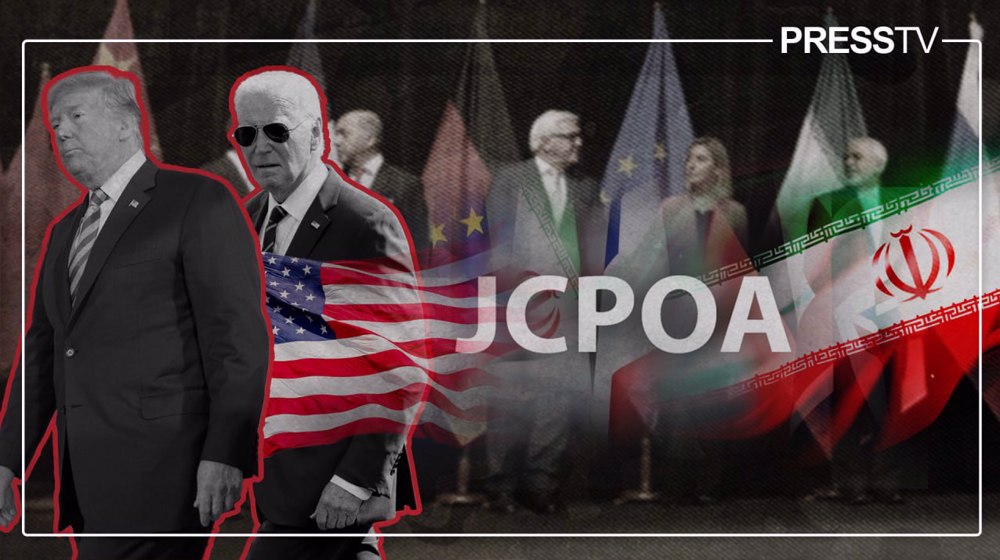
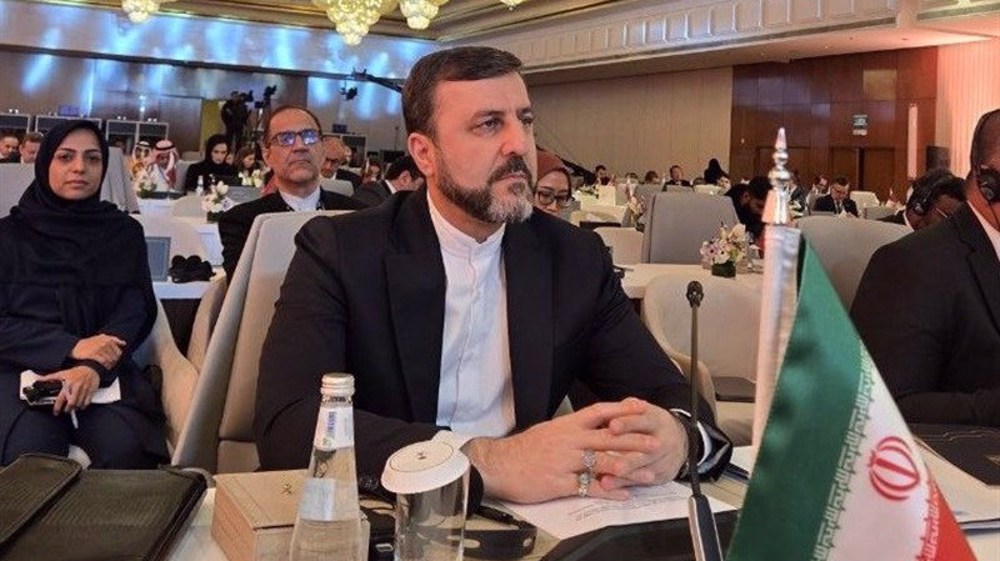
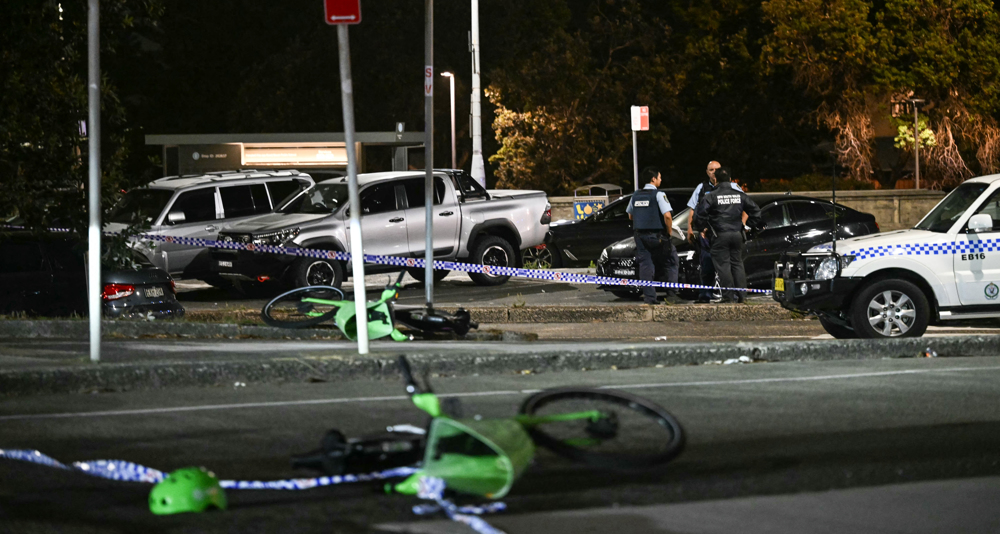




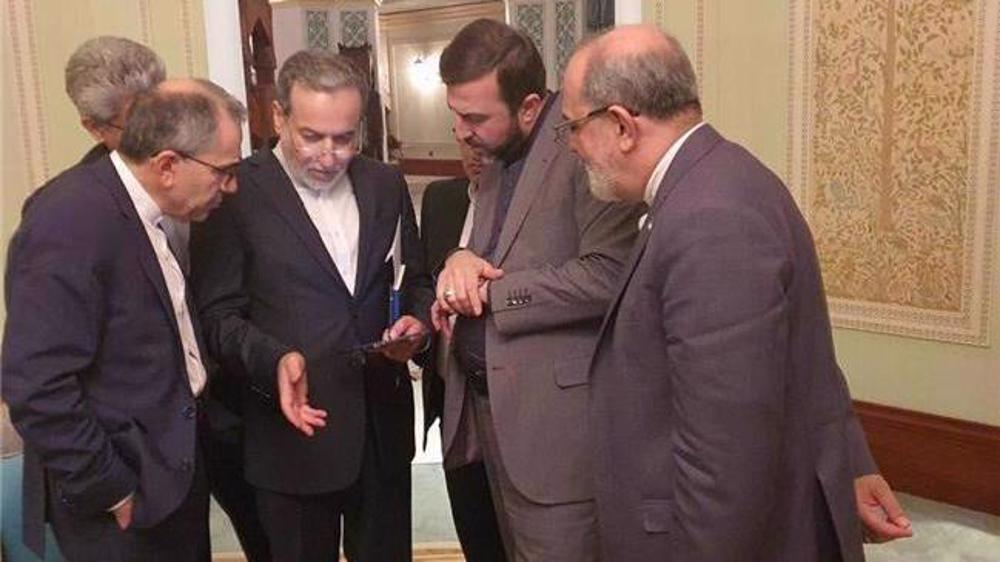
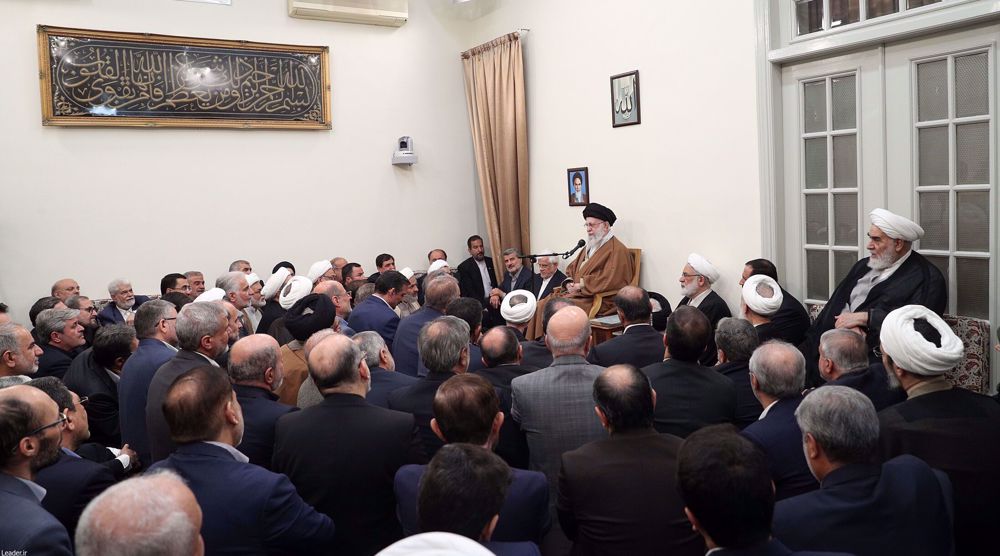
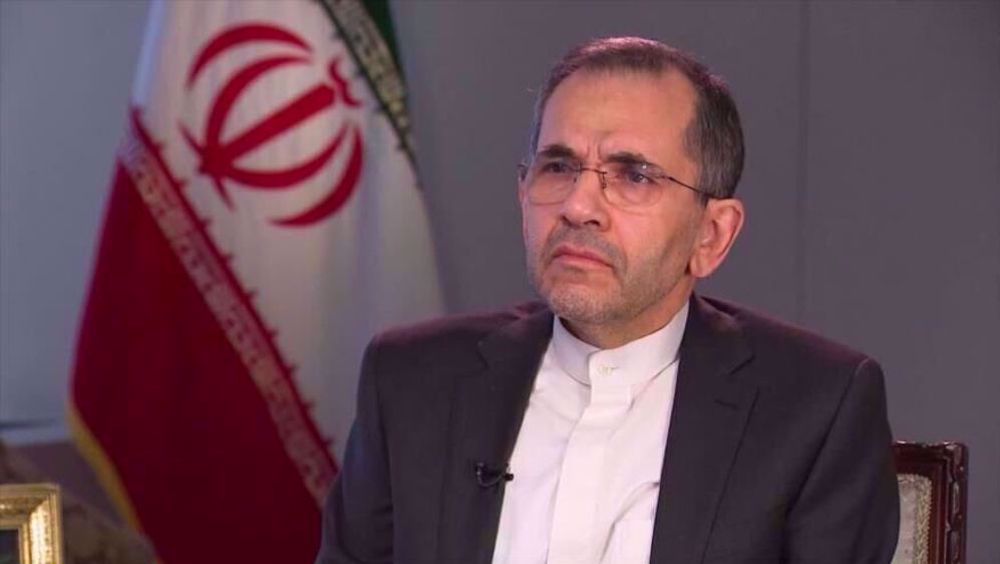
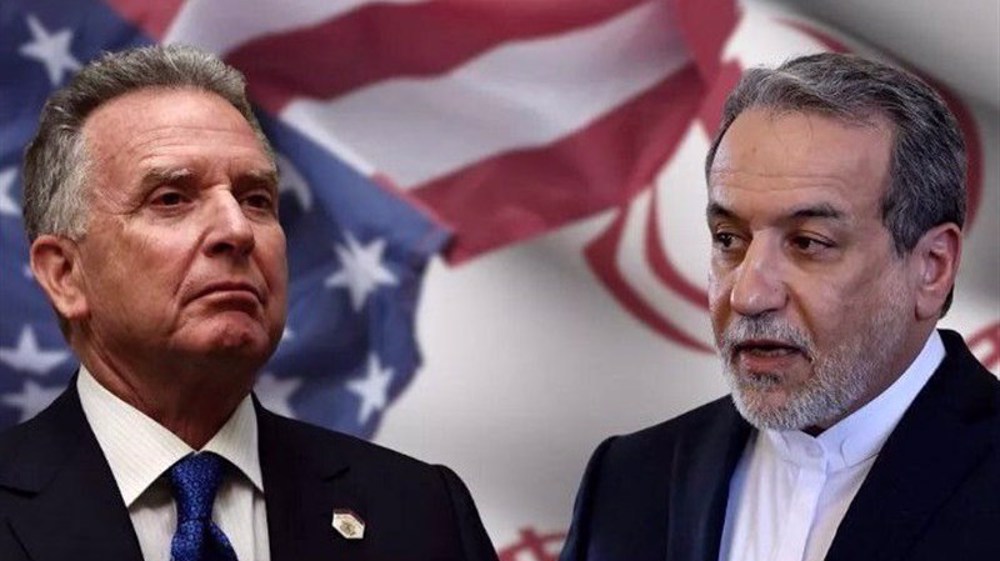
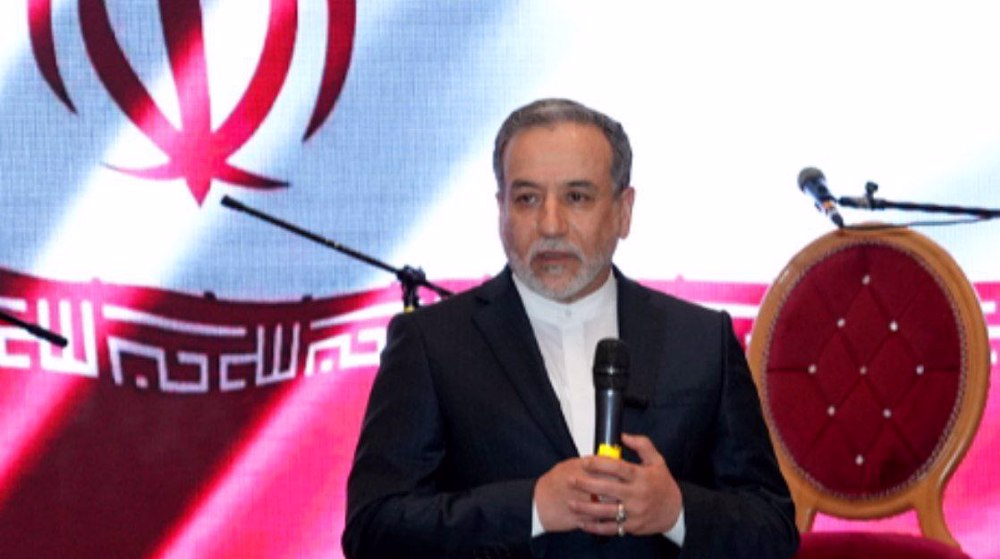

 This makes it easy to access the Press TV website
This makes it easy to access the Press TV website